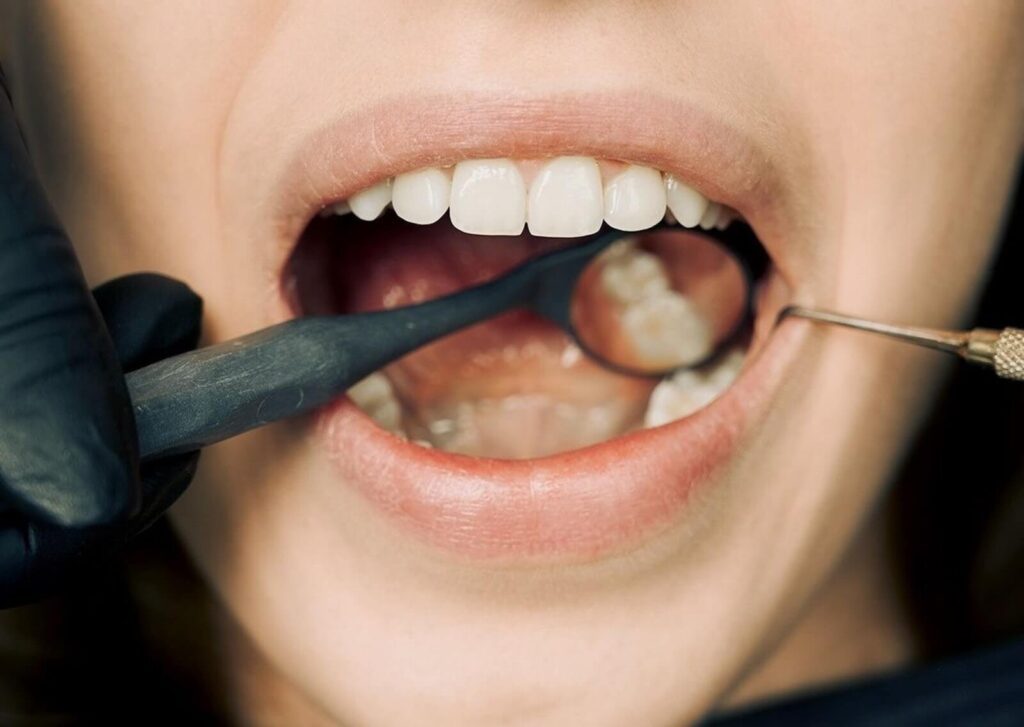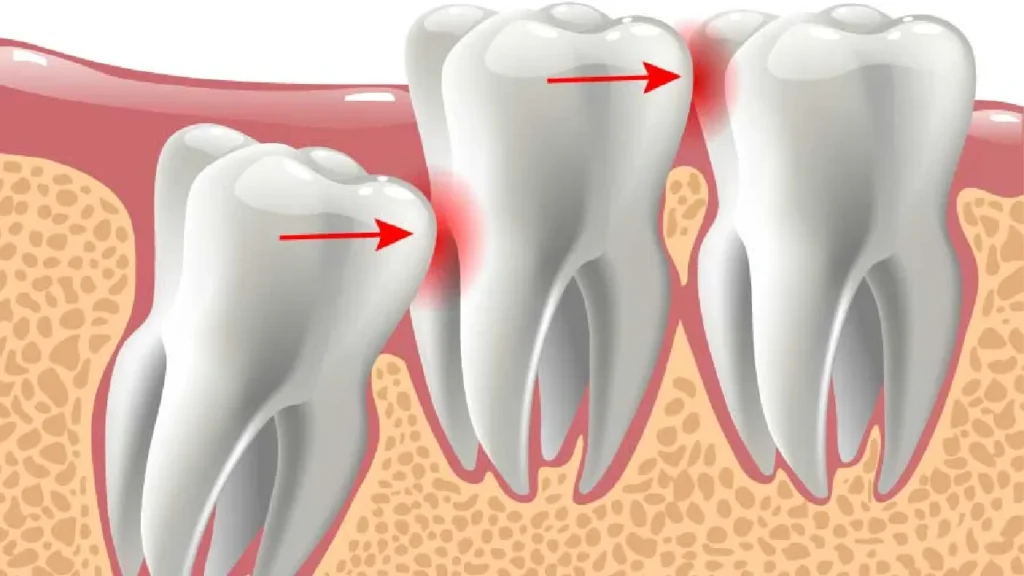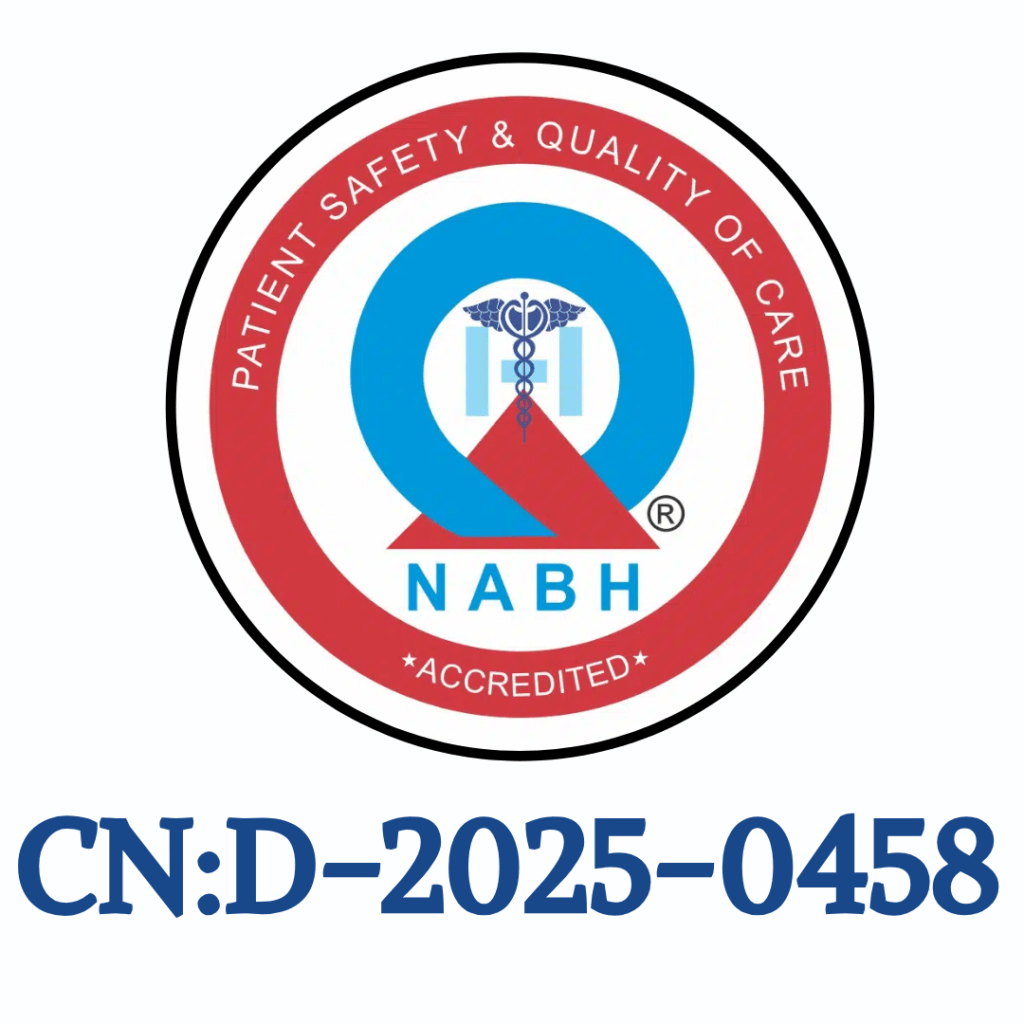WHY DO TEETH NEED TO BE REMOVED?
Several factors can necessitate the removal of a tooth:
- Severe decay: When a tooth is extensively decayed and cannot be saved with a filling or crown, removal may be necessary to prevent infection.
Gum disease: Advanced gum disease can cause teeth to become loose and painful. In certain instances, removing the tooth is the optimal choice for maintaining overall oral health.
Impacted wisdom teeth: Wisdom teeth can become trapped beneath the gums, causing pain, swelling, and infection. Removing impacted wisdom teeth can prevent these problems.





| WHAT HAPPENS DURING THE PROCEDURE:
Before the extraction, your dentist will numb the area with a local anesthetic to ensure you don’t feel any pain during the procedure. Once you’re numb, the dentist will use special tools to gently loosen the tooth from its socket and remove it.
What to Expect Afterward:
After the tooth is removed, you may experience some discomfort and swelling. Your dentist will provide instructions on how to care for the extraction site and manage any pain. It’s important to follow these instructions carefully to promote healing and prevent complications.
| TIPS FOR A SMOOTH RECOVERY:
- Take any prescribed pain medication as directed.
- Avoid drinking through a straw, as this can dislodge the blood clot that forms in the extraction site.
- Stick to soft foods for the first few days and avoid chewing on the side of the mouth where the tooth was removed.
- .Gently rinse the extraction site with warm salt water to maintain cleanliness.
| CONCLUSION:
While tooth removal may seem daunting, it’s a routine procedure performed by dental professionals to improve your oral health and alleviate discomfort. By understanding what to expect before, during, and after the procedure, you can approach it with confidence and ensure a smooth recovery. If you have any concerns or questions, don’t hesitate to discuss them with your dentist.
FAQ
Most frequent questions and answers
Your dentist will use anesthesia to numb the area, so you shouldn’t feel pain during the extraction. However, some pressure or discomfort may be experienced.
Recovery time varies, but typically you’ll feel better within a few days to a week. Adhere to the post-operative instructions provided by your dentist to ensure the best possible healing outcome.
Stick to soft foods like yogurt, soup, mashed potatoes, and smoothies initially. Steer clear of foods that are hard, crunchy, or spicy, as they may cause irritation to the site where the tooth was removed.
Follow your dentist’s instructions, which may include gently rinsing with warm salt water, avoiding vigorous rinsing, and not touching the area with your fingers or tongue.
Contact your dentist if you experience excessive bleeding, severe pain, swelling, or signs of infection such as fever or pus. They can advise you on next steps.


